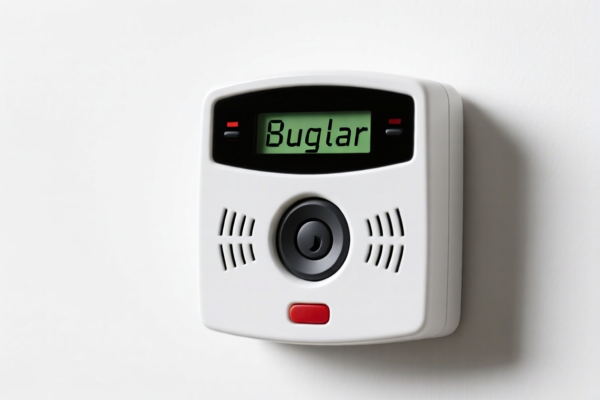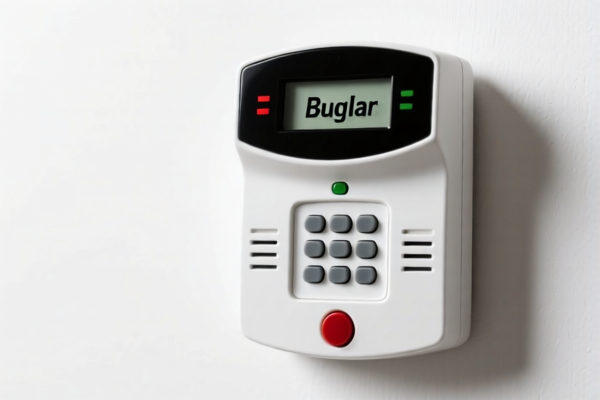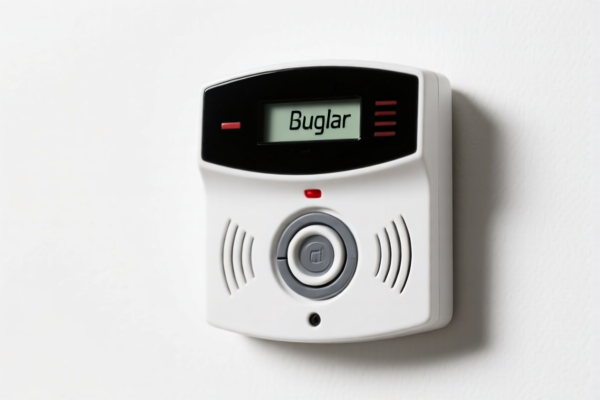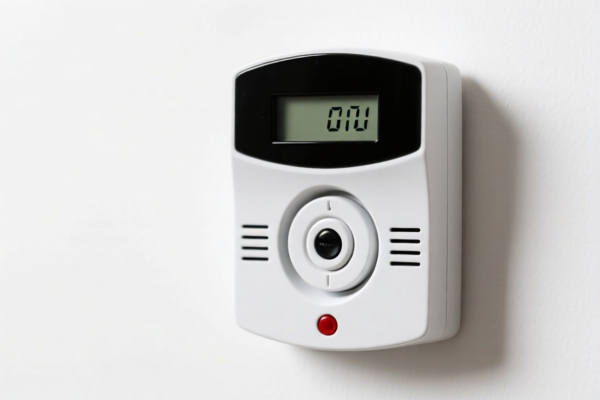| HS Code | Official Doc | Tariff Rate | Origin | Destination | Effective Date |
|---|---|---|---|---|---|
| 8531100035 | Doc | 56.3% | CN | US | 2025-05-12 |
| 8512300040 | Doc | 57.5% | CN | US | 2025-05-12 |
| 8512300020 | Doc | 57.5% | CN | US | 2025-05-12 |
| 9026802000 | Doc | 55.0% | CN | US | 2025-05-12 |
| 9026806000 | Doc | 37.5% | CN | US | 2025-05-12 |
| 9014805000 | Doc | 55.0% | CN | US | 2025-05-12 |
| 9014804000 | Doc | 55.0% | CN | US | 2025-05-12 |
| 9032896085 | Doc | 56.7% | CN | US | 2025-05-12 |
| 9032896075 | Doc | 56.7% | CN | US | 2025-05-12 |
| 9029104000 | Doc | 60.3% | CN | US | 2025-05-12 |
| 9029104000 | Doc | 60.3% | CN | US | 2025-05-12 |




Burglar Alarm
A burglar alarm is a security system designed to detect intrusion – unauthorized entry into a building or other area. These systems are used to deter criminals and alert property owners or monitoring services of potential threats.
Materials & Components
Burglar alarms typically comprise several interconnected components:
- Control Panel: The central hub of the system, processing signals from sensors and communicating with users or monitoring services. Often includes a keypad for arming/disarming.
- Sensors: Detect intrusions. Common types include:
- Door/Window Contacts: Magnetic switches that trigger an alarm when a door or window is opened.
- Motion Detectors: Use infrared or microwave technology to detect movement within a designated area. Passive Infrared (PIR) sensors are the most common.
- Glass Break Detectors: Detect the sound of breaking glass.
- Shock Sensors: Detect vibrations caused by forced entry.
- Siren/Alarm: An audible (and sometimes visual) warning device to deter intruders and alert occupants/neighbors.
- Backup Power: Usually a battery, ensuring the system continues to function during a power outage.
- Communication Module: Connects the system to the outside world. Options include:
- Landline: Traditional phone line connection.
- Cellular: Uses a cellular network for communication.
- Wireless (Wi-Fi/Internet): Connects through the property's internet connection.
- Radio Frequency (RF): Wireless communication with a monitoring center.
Purpose & Function
The primary purpose of a burglar alarm is to:
- Deter Crime: The visible presence of an alarm system can discourage potential burglars.
- Detect Intrusions: Sensors identify unauthorized entry.
- Alert Occupants: Immediate notification of a break-in, allowing time to react (e.g., evacuate, call the police).
- Notify Authorities: Many systems are connected to professional monitoring services that will contact the police, fire department, or emergency services.
Usage Scenarios
- Residential Properties: Homes, apartments, and condominiums.
- Commercial Properties: Businesses, offices, retail stores, warehouses.
- Industrial Facilities: Factories, storage units.
- Vehicles: Car alarms.
- Perimeter Security: Systems designed to detect intrusion on the property grounds.
Common Types
- Unmonitored/Local Alarms: Sound a siren but do not automatically contact authorities. Reliance is on occupants or neighbors to respond.
- Monitored Alarms: Connected to a professional monitoring service that provides 24/7 surveillance and will dispatch emergency services.
- Wired Alarms: Sensors are physically connected to the control panel via wires. More reliable but can be more difficult to install.
- Wireless Alarms: Sensors communicate with the control panel wirelessly. Easier to install and more flexible but may be susceptible to interference.
- Smart Alarms: Integrate with smart home devices, allowing remote control and monitoring via smartphone apps. Often include features like video surveillance and automation.
- DIY (Do-It-Yourself) Alarms: Systems designed for self-installation and monitoring. Typically less expensive but require more technical knowledge.
- Hybrid Alarms: Combine wired and wireless components for increased reliability and flexibility.
Burglar alarms are electric sound or visual signaling apparatus designed to detect and signal unauthorized entry or activity. They are typically used in residential, commercial, and industrial settings to enhance security.
The following HS codes are relevant to burglar alarms, based on the provided information:
-
8531100035: This HS code falls under Chapter 85 (Electrical machinery and equipment) and specifically Heading 8531 (Electric sound or visual signaling apparatus). The '100035' subheading identifies “Burglar or fire alarms and similar apparatus, Other: Burglar alarms”. The applicable tax rate details are: Basic tariff: 1.3%, Additional tariff: 25.0%, and after April 2, 2025, the additional tariff increases to 30.0%, resulting in a total tariff of 56.3%.
-
8512300040: This HS code is categorized under Chapter 85 (Electrical machinery and equipment), Heading 8512 (Electrical lighting or signaling equipment). The '300040' subheading specifies “Sound signaling equipment Other”. The applicable tax rate details are: Basic tariff: 2.5%, Additional tariff: 25.0%, and after April 2, 2025, the additional tariff increases to 30.0%, resulting in a total tariff of 57.5%.
It is important to note that the correct HS code classification depends on the specific features and intended use of the burglar alarm. If the alarm system includes features beyond basic signaling (e.g., remote monitoring, control panels), other HS codes may be more appropriate.
Customer Reviews
This page is a lifesaver for anyone dealing with exporting plastic doors. The HS code and duty info is clear and easy to understand.
It's a bit dense in places, but the information on tariff rates and HS codes for plastic doors is spot on.
Love how the page clearly outlines the HS Code 3925 and the associated duties. Definitely helped with my export planning.
The section on trade regulations was a bit technical, but overall the page was very informative and saved me time.
I was looking for details about exporting plastic doors to the US, and this page had all the relevant HS Code and tariff info. Perfect!